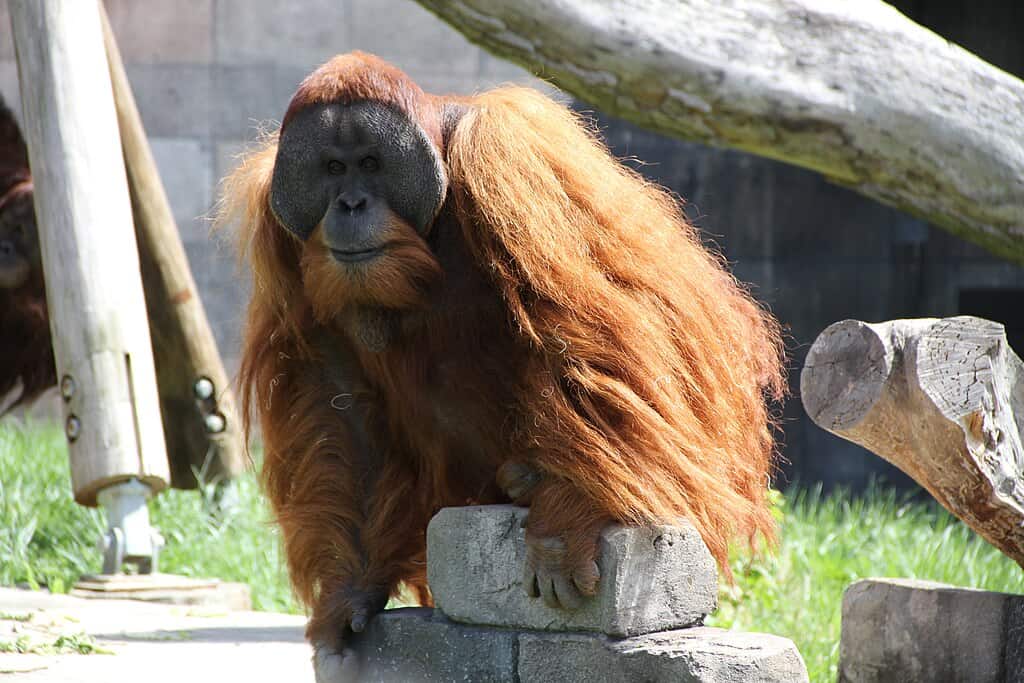The concept of zoos has evolved considerably over the years. What initially began as mere entertainment spectacles has now shifted towards conservation and education platforms. Still, not every animal is fit for life within zoo boundaries. Various factors influence why some zoos opt not to house certain species, reflecting changing priorities in conservation, animal welfare, and public awareness. This article delves into the complexities behind these decisions.
Focus on Conservation and Education

Modern zoos increasingly prioritize conservation and education. Many decide against keeping animals unless their presence serves a meaningful role in educating the public or conserving their species. This means focusing on endangered animals or those whose stories can significantly draw attention to environmental issues, leaving out others that may not meet these criteria.
Space Constraints

One of the most practical reasons some zoos avoid certain animals is space limitations. Larger animals, such as elephants and big cats, require extensive, enriched habitats to thrive. If a zoo cannot provide a suitable environment that mimics the animal’s natural habitat, it is often deemed more humane not to keep them at all.
Animal Welfare Concerns

The welfare of animals is a primary concern for zoos. Some species do not adapt well to captivity, showing signs of stress or abnormal behavior. For instance, many marine mammals require expansive water areas that can be challenging to replicate in captivity. Zoos now prefer not to house such animals if it could compromise their well-being.
Sociability and Behavior
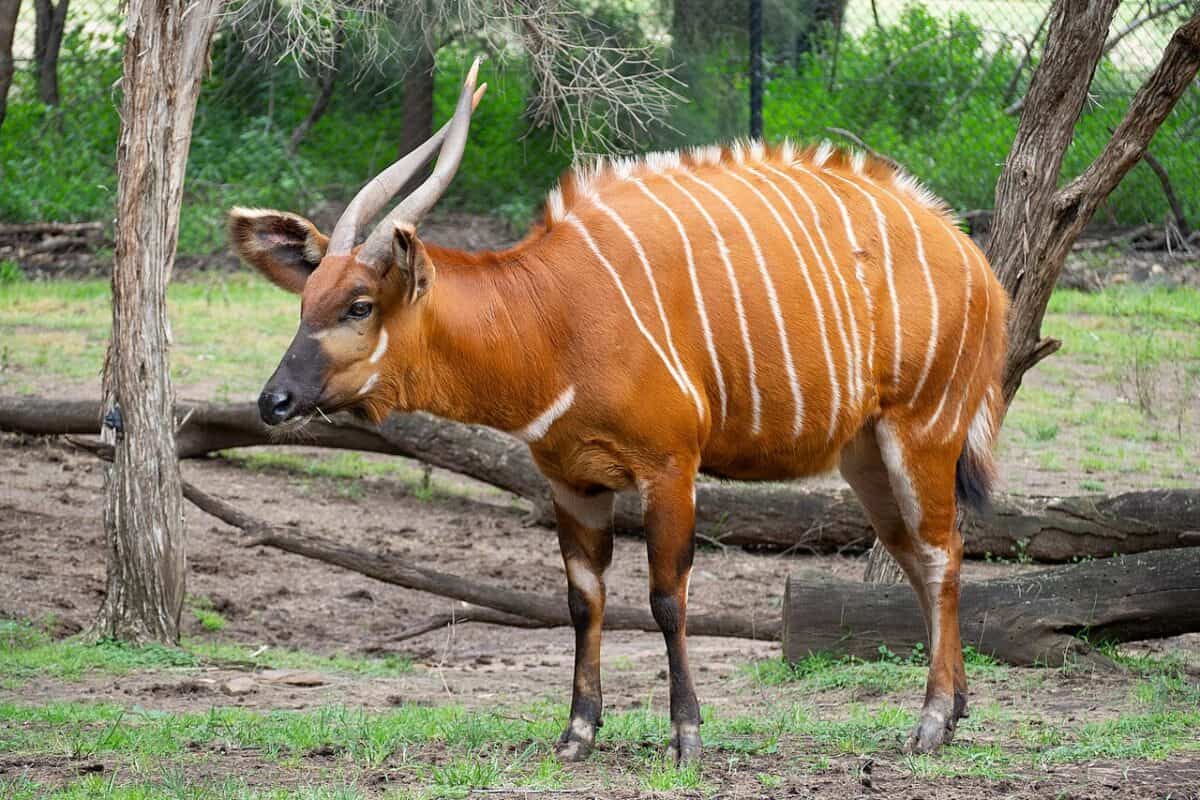
Some animals have complex social structures and intricate behavioral needs that are difficult to support in a zoo setting. Primates and certain packs of predators may become distressed if their needs for social interaction and natural behaviors aren’t met, influencing zoos to exclude them for the animals’ benefit.
Breeding and Genetic Diversity

Zoos often manage animals as part of larger breeding programs designed to maintain genetic diversity. If a zoo cannot contribute to such a program or if the animal in question is prone to breeding issues, they may opt against keeping that species. The focus is on sustaining healthy populations, not just individual animals.
Legal and Ethical Considerations
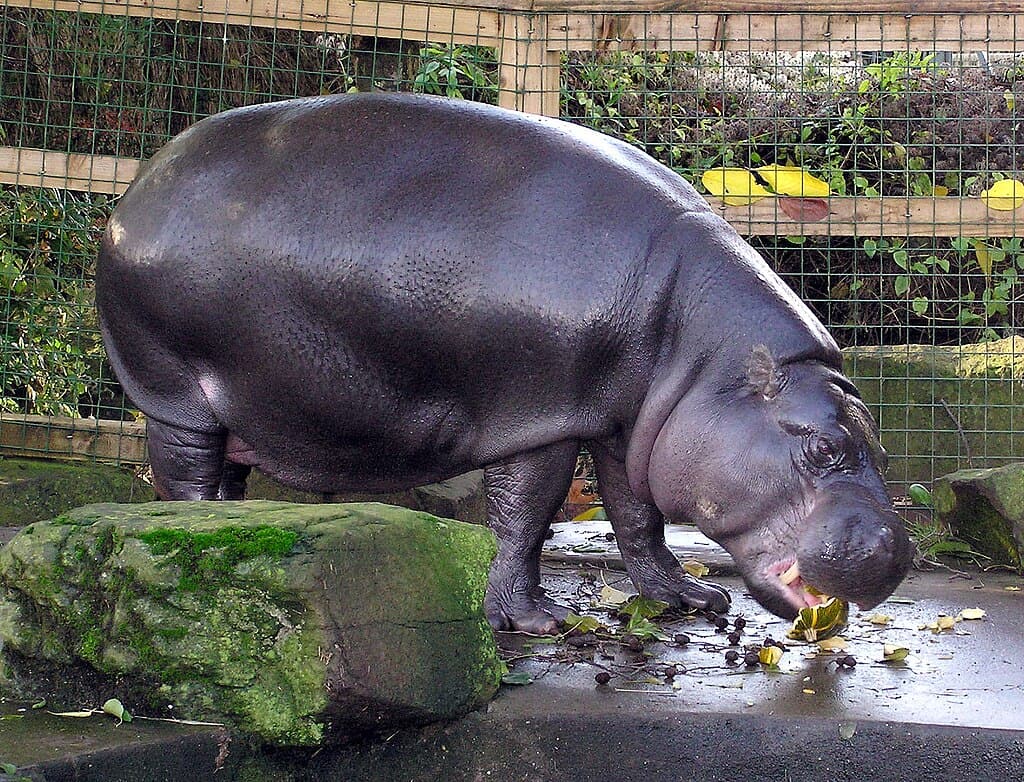
Certain animals are subject to strict legal protections due to ethical and conservation concerns. Laws regulating the captivity of great apes, big cats, and other sought-after species limit zoos’ ability to house them. Additionally, evolving ethical stances often discourage keeping animals purely for entertainment, pushing emphasis toward species that align with the zoo’s mission of stewardship and education.
Financial Constraints
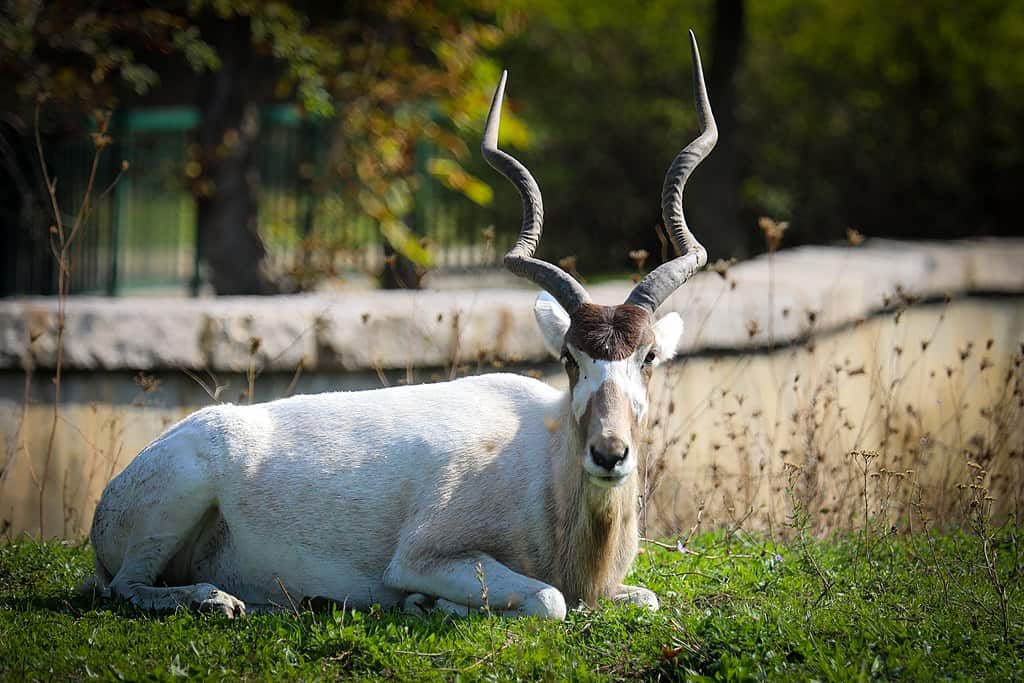
Keeping exotic or large animals can be resource-intensive. The financial burden of maintaining specialized habitats, veterinary care, and dietary needs can be substantial. Zoos on a limited budget might choose not to house these animals to ensure they can adequately care for the animals they already have.
Public Safety
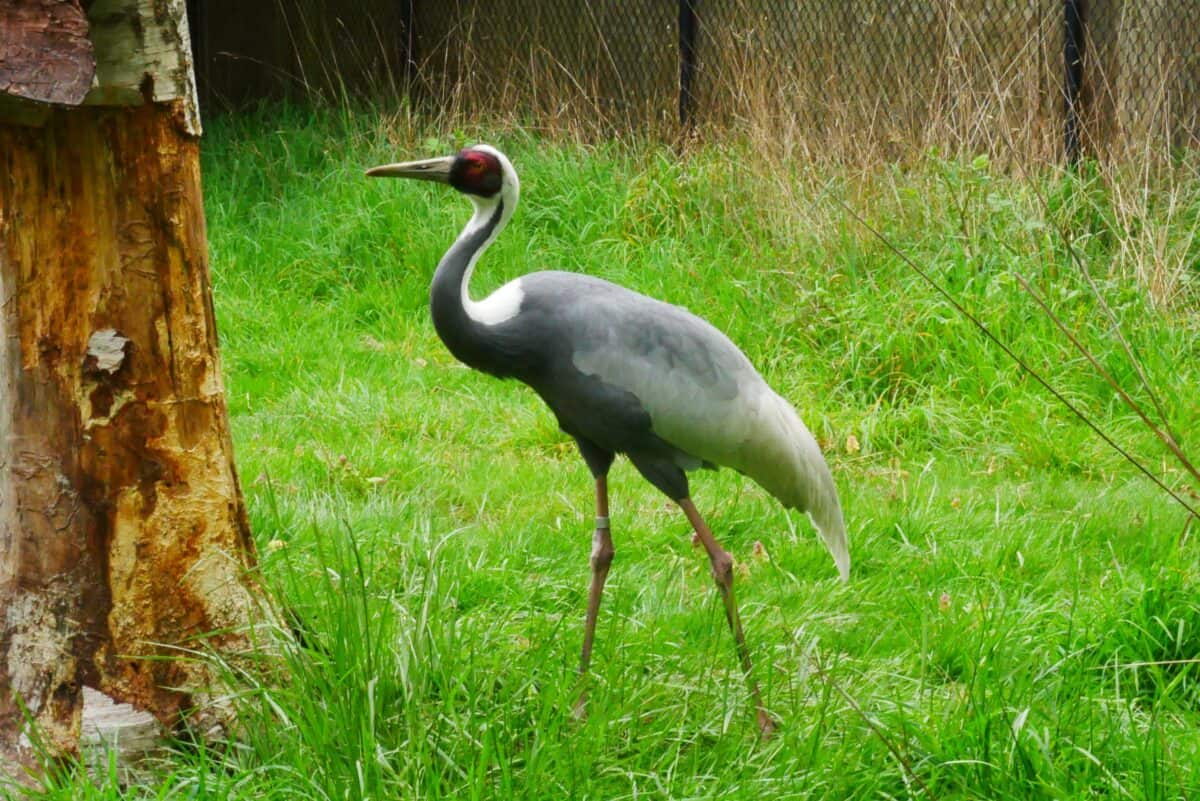
The safety of both the public and staff is a primary consideration. Some species are inherently dangerous, and the risk of escape or harm can outweigh the benefits of keeping them on display. Zoos may decide the potential danger to visitors and employees is not worth the uncertain educational gain.
Challenges of Captive Breeding
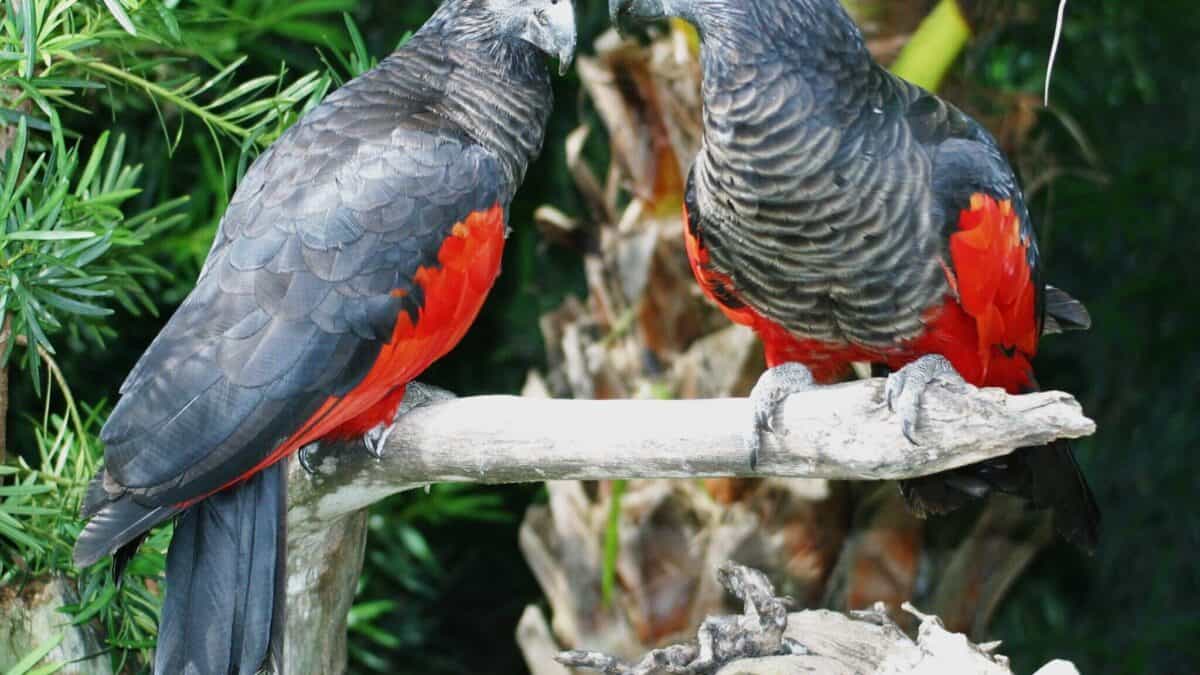
Certain animals face difficulties in breeding within zoo confines. Species that have complex mating rituals or conditions that cannot be easily replicated often face challenges that lead to zoos opting out of keeping them. This avoidance ensures zoos do not contribute negatively to the population sustainability of that species.
Health and Veterinary Care Limitations
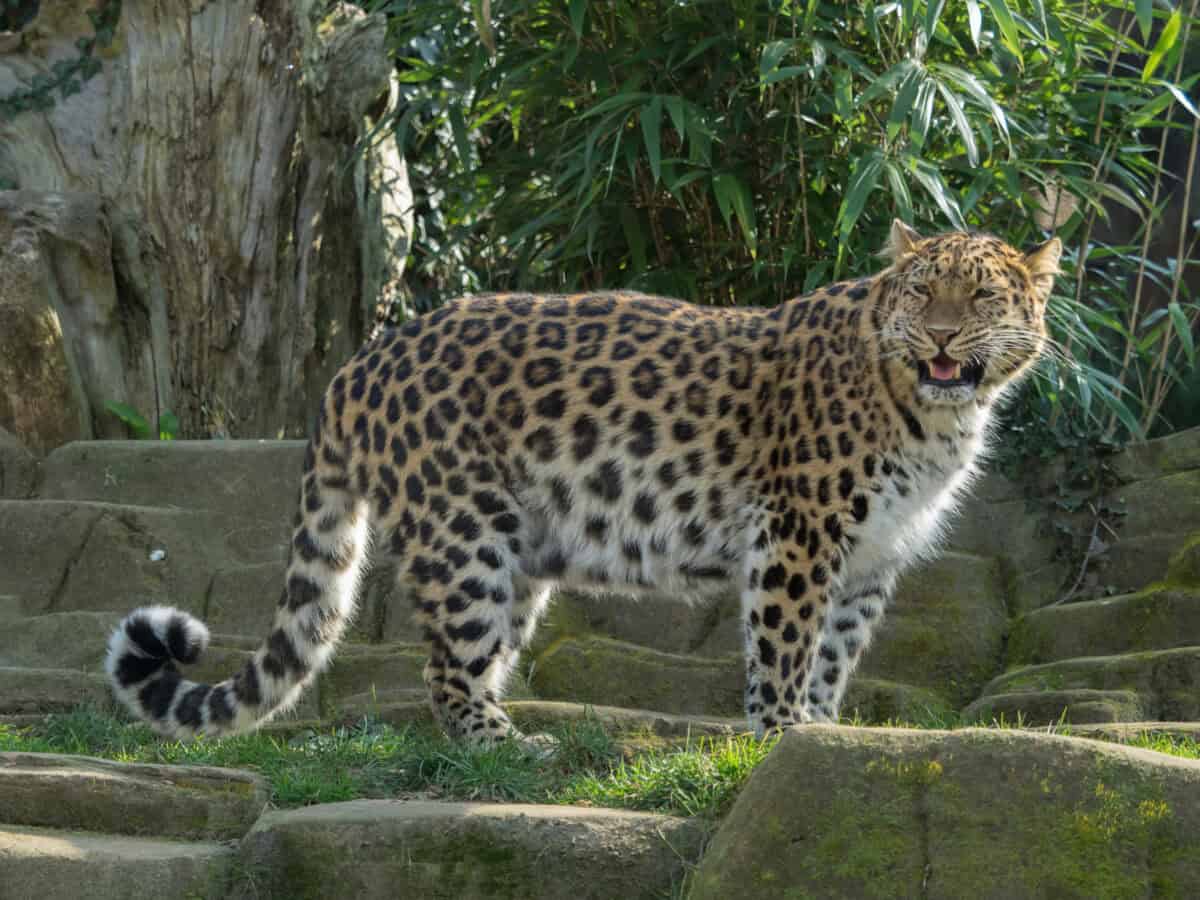
Some wild animals have specialized health needs that are difficult to meet in captivity. Unique dietary requirements or susceptibility to particular diseases can make them unfit for the standard medical care most zoos can provide. Without the resources to ensure their health, zoos may refrain from housing such animals.
Impact on Nearby Ecosystems

An often-overlooked factor is the potential impact that captive animals could have on the surrounding ecosystem. The presence of large or predatory species could disrupt local wildlife if they were to escape. Zoos must weigh these risks against the benefits of housing certain species.
Changing Public Perception
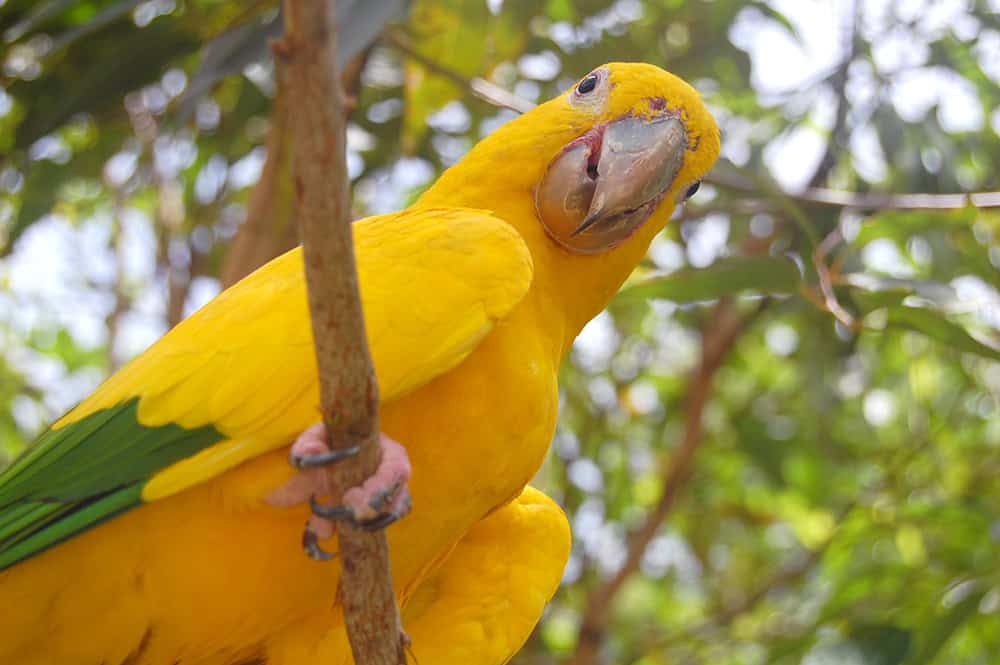
As public attitudes shift toward more humane treatment of animals and conservation, zoos must consider how certain exhibits are perceived. Domestically unpopular or controversial animals might deter visitors, encouraging zoos to focus on less contentious species, especially those with critical conservation stories worth telling.
## Conclusion
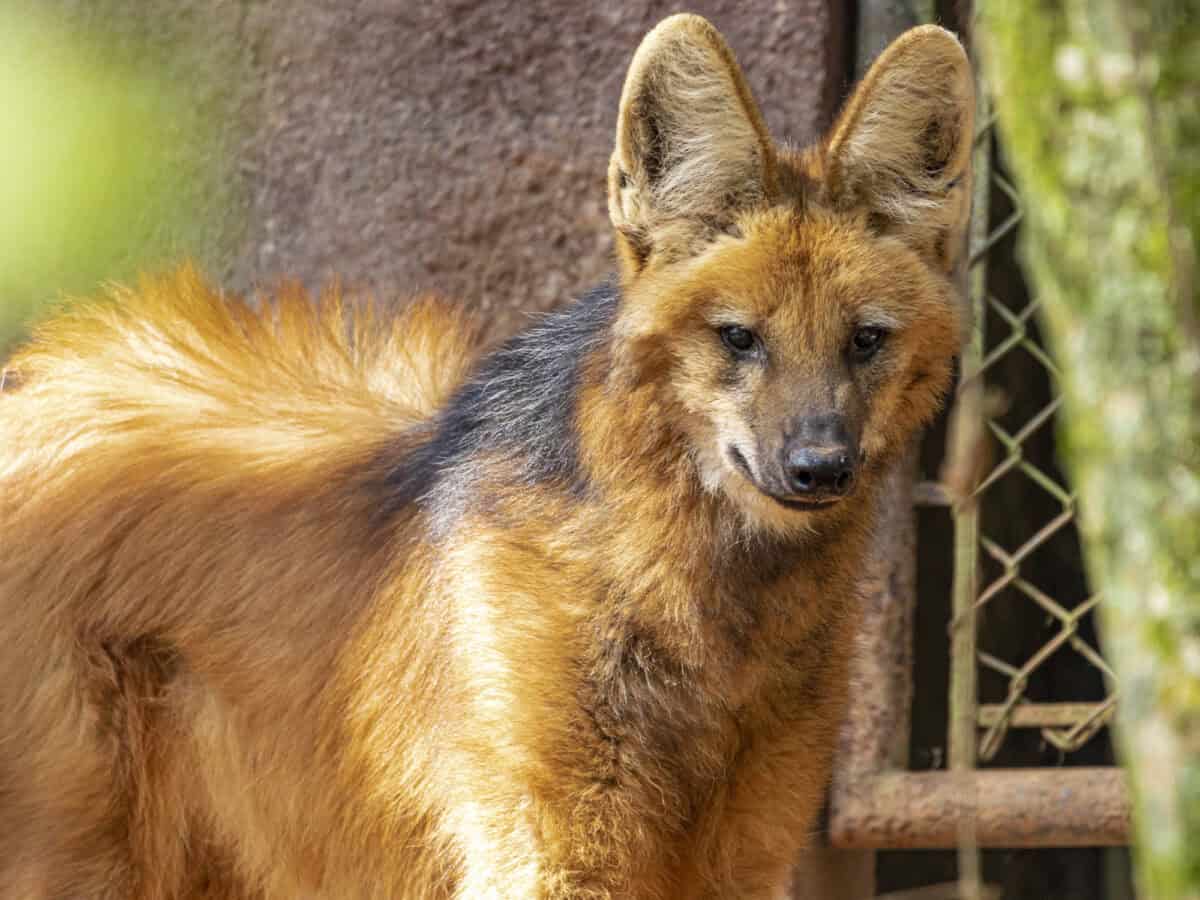
Zoos are tasked with the complex responsibility of balancing animal welfare, educational objectives, and conservation goals. By carefully considering the implications of keeping certain species, they honor their commitment to the animals and the public. This approach ensures that life within the zoo walls is enriched and purposeful, aligning with a broader vision of global biodiversity preservation. The thoughtful absence of certain wild animals is not an oversight but a deliberate, compassionate choice in the best interest of all parties involved.
- The Secretary Bird A Raptor That Hunts on Foot - August 9, 2025
- 10 Dog Breed Restrictions That Stir Controversy in U.S. States - August 9, 2025
- 13 Animals That Outsmart Their Predators - August 9, 2025

